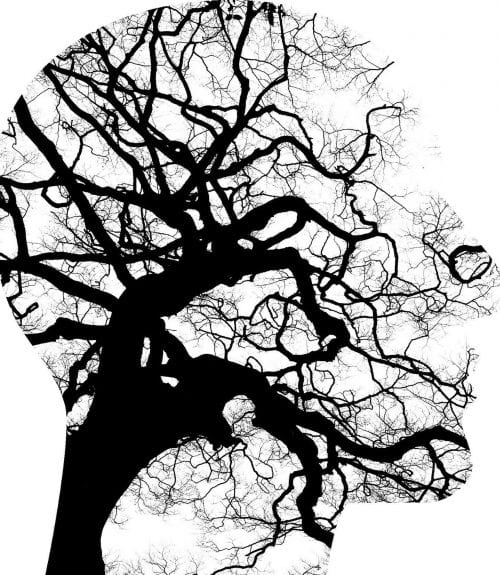Elevated Bilirubin: A Neurotoxic Threat
 Bilirubin, a yellow pigment formed during the breakdown of red blood cells, is typically processed by the liver and excreted in bile. However, when bilirubin levels in the blood rise (hyperbilirubinemia), it can signal underlying health issues. One of the most serious concerns associated with elevated bilirubin is its neurotoxicity.
Bilirubin, a yellow pigment formed during the breakdown of red blood cells, is typically processed by the liver and excreted in bile. However, when bilirubin levels in the blood rise (hyperbilirubinemia), it can signal underlying health issues. One of the most serious concerns associated with elevated bilirubin is its neurotoxicity.
Neurotoxicity of Bilirubin
Bilirubin’s neurotoxic effects are particularly concerning in newborns, where it can lead to kernicterus. This condition occurs when high levels of unconjugated bilirubin, a form of bilirubin that has not been processed by the liver, cross the blood-brain barrier and accumulate in the brain tissues. This accumulation can cause irreversible brain damage, leading to developmental delays, hearing loss, and even cerebral palsy.
While the blood-brain barrier is more robust in adults, significantly elevated bilirubin levels can still pose a risk. Jaundice, a yellowing of the skin and eyes, is a common symptom of hyperbilirubinemia. In severe cases, high bilirubin levels can affect brain function, leading to symptoms such as confusion, lethargy, and altered mental status.
Causes of Elevated Bilirubin
Hyperbilirubinemia can be caused by a variety of factors. Liver diseases like hepatitis, cirrhosis, and liver cancer can impair the liver’s ability to process bilirubin, leading to its buildup in the bloodstream. Additionally, blockages in the bile ducts, which transport bilirubin to the intestines for excretion, can prevent its elimination, causing it to accumulate. Hemolytic conditions, where red blood cells are destroyed at an abnormally high rate, can also contribute to elevated bilirubin levels as more bilirubin is released into the bloodstream. Finally, certain genetic disorders can affect bilirubin metabolism, leading to increased levels.
Diagnosis and Treatment
Diagnosing the cause of elevated bilirubin often requires a comprehensive evaluation by qualified medical professionals. Blood tests can help identify underlying liver diseases, hemolytic conditions, and other factors contributing to high bilirubin levels. Imaging studies, such as ultrasound, CT scans, or MRI, can help visualize the liver, bile ducts, and other organs. In some cases, a liver biopsy may be necessary to obtain a tissue sample for examination and diagnosis.
Treatment for elevated bilirubin depends on the underlying cause. For liver diseases like hepatitis, medications can be used to target the specific virus or to support liver function. In cases of bile duct obstruction, surgery may be necessary to remove the blockage or restore bile flow. For newborns with high bilirubin levels, phototherapy, which involves exposure to specific wavelengths of light, can help break down bilirubin. In severe cases of hemolytic anemia, blood transfusions or other treatments may be necessary to manage the condition.
Closing Thoughts
The neurotoxic effects of bilirubin, particularly in newborns, underscore the critical importance of early diagnosis and treatment. High levels of bilirubin can cross the blood-brain barrier and accumulate in the brain tissue, leading to irreversible damage. This condition, known as kernicterus, can result in severe neurological consequences, including developmental delays, hearing loss, and cerebral palsy. In adults, while the blood-brain barrier is more robust, significantly elevated bilirubin levels can still affect brain function and lead to symptoms such as confusion, lethargy, and altered mental status. Prompt medical evaluation and intervention by qualified medical professionals are essential to prevent the devastating effects of elevated bilirubin on neurological health.

Matthew A. Webster, MA, MS, ED.D, LPC
Dr. Matt Webster is a professional educator, nutritionist, and therapist located in the Houston, Texas area. He specializes in couples therapy, sexuality, and maladaptive eating patterns with a focus on the role of nutrition. More About Matt >>
Last modified:











